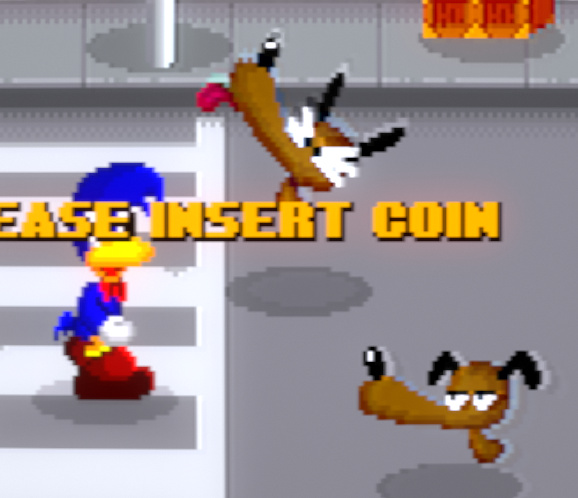There is now a new feature named lcd antighosting that more or less works like the “AMA” function found on some Benq lcd monitors.
Its purpose is to mitigate the low response time of some lcd displays.
The base of the theory is that if an lcd cell has to do a transition from one value to another, it will do it faster if the values differ more.
By leveraging that, this function will force the moving areas to have an higher previous/current state contrast.
In the following image you can see the effect in action; the image is scrolling from right to left, so at the right of the crosswalks you see a darker vertical line.
That way, the lcd cell that should normally switch from white to light gray, will instead be forced to step to a darker gray, but since it is slow, hopefully it will be unable to reach that dark gray, but will reach the lighter gray faster:

It works quite well here, but you have to find a value that works good for your particular monitor model.
The feature is static and if you want to test it, you have to edit config/config-static.inc and modify the value on the line:
#define LCD_ANTIGHOSTING 0.0
A value of around 0.2…0.3 works well for my MVA monitor; choosing a value that is too high will produce visible trails, so play it safe.

























